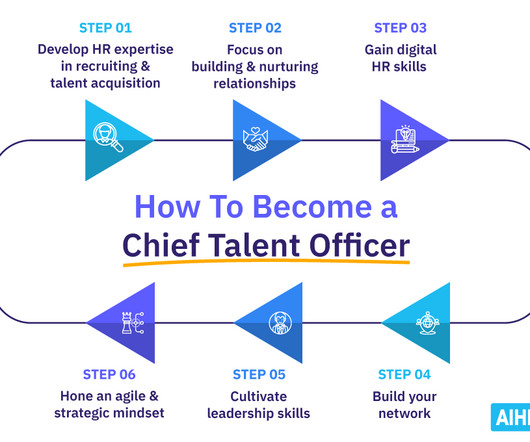Organizational Talent Pools: 4 Steps to Developing Employees
HR Bartender
JUNE 14, 2018
One way to do that is with talent pools, which are groups of employees who are being trained and developed to assume greater responsibilities within the organization. This allows a talent pool to address the biggest challenge with succession planning , which is telling individuals they’re part of the plan.





















































Let's personalize your content